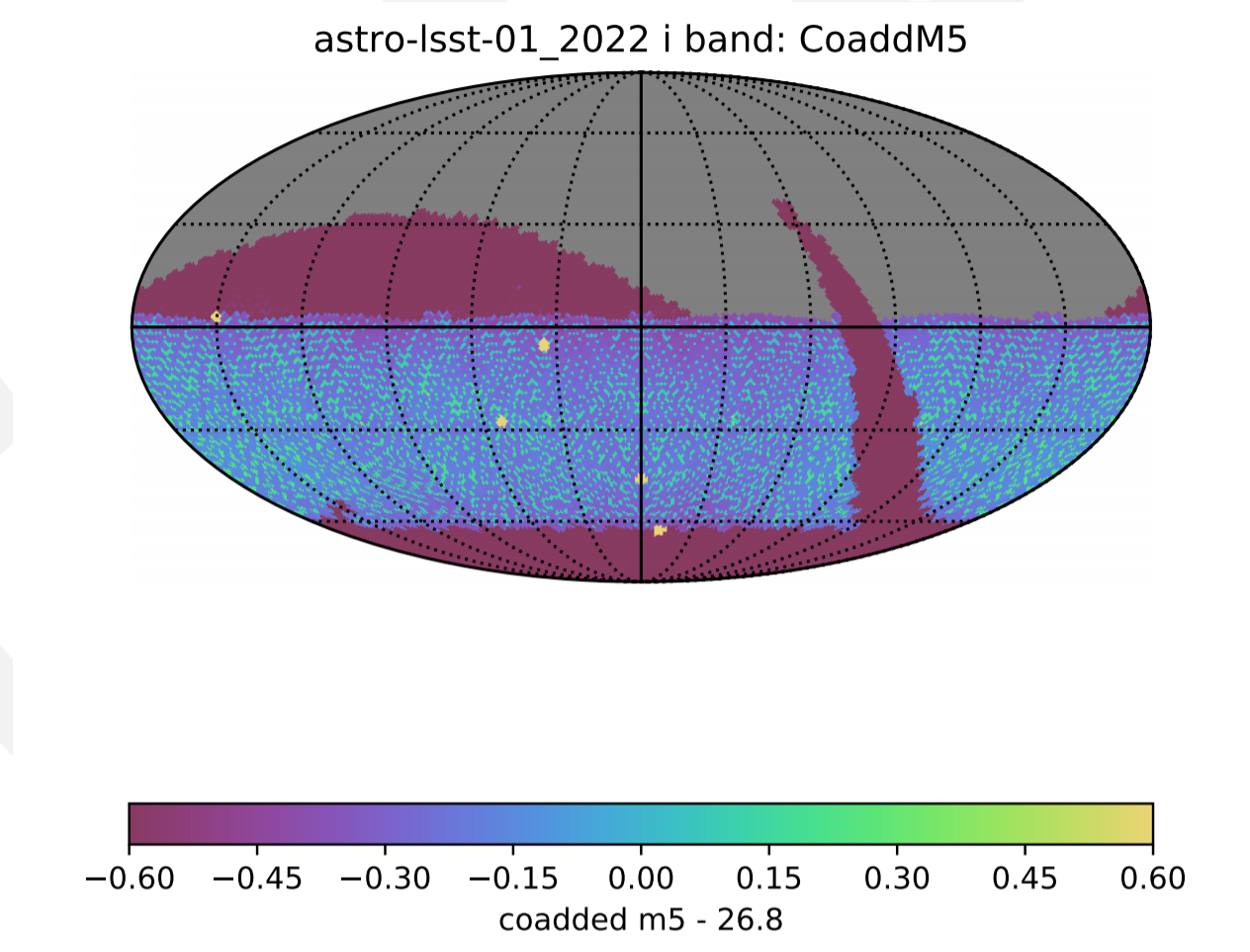federica bianco PRO
astro | data science | data for good
the Rubin LSST Science Collaborations perspective




University of Delaware
Department of Physics and Astronomy
Biden School of Public Policy and Administration
Data Science Institute
Rubin Legacy Survey of Space and Time
Science Collaboration Coordinator
Transients & Variable Stars Science Collaboration CoChair
federica bianco





Science Collaborations
We aspire to be an inclusive, equitable, and ultimately just group and we are working with renewed vigor in the wake of the recent event that exposed inequity and racism in our society to turning this aspiration into action.






Science Collaborations







Science Collaborations


time-domain
static sky
Solar Sytem transients and moving objects
Galactic transients and variables
planets, flaring stars
extragalactic transients
for cosmology and astrophysics
SNe - GW - TDE -








Science Collaborations


time-domain
static sky
Morphology
of galaxies and
galactic structures
Low Surface Brightness
science
Weakly coherent fields
Weak lensing
LSS
Solar Sytem transients and moving objects
Galactic transients and variables
planets, flaring stars
Galactic structures moving cohesively at the edge of detectability
streams
extragalactic transients
for cosmology and astrophysics
SNe - GW - TDE -




Science Collaborations


time-domain
static sky
Solar Sytem transients and moving objects
Galactic transients and variables
planets, flaring stars
Galactic structures moving cohesively at the edge of detectability
streams
Morphology
of galaxy and
galactic structures
Low Surface Brightness
science
Weakly coherent fields
Weak lensing
extragalactic transients
for cosmology and astrophysics
SNe - GW - TDE -




Science Collaborations




1



Science Collaborations





Science Collaborations

Iridium satellite number 35 lit up the predawn sky west of Boston at 5 a.m. EST on February 1, 1998, Sky & Telescope
Satellite flares




can be mitigated:
- orientation of satellite,
- directing flares away from observer
- knowing coordinates to associate them to alerts
if not mitigate there would be bogus alerts and images ruined by saturating flares

Science Collaborations



Science Collaborations



fast/dense
regular/persistent
deep
wide
single-filter
obs density
color
8oo img over 18,000 sq deg
pairs of observations in <1hour to track asteroid (and get transient colors)
Tensions in strategy design

Deep Drilling Fields
Minisurveys
Rothchild+ 2019


Science Collaborations



modification to planned schedule carry long lasting consequences on the program
ToO enabled for GW need to scan ~100 sq deg footprint upon trigger - will be compromised


Astronomy’s Discovery Chain

Discovery Engine
10M alerts/night





Community Brokers




target observation managers






Science Collaborations


Science Collaborations



Spectrograph and Camera for Observations of Rapid Phenomena in the Infrared and Optical (SCORPIO)
designed for rapid and efficient follow up of LSST transients
8-channel imaging spectrograph currently in development for Gemini South.
dynamic queue scheduling software to optimize the planning and execution of all observations as new follow-up targets are triggered during the course of the night.


follow up scheduling will have to include satellite locations
time sensitive targets may be lost: e.g. GW
impact on follow-up


Science Collaborations


our ability to discover unknown phenomena is compromised by gaps in observations
- get images in different filters within ~1hour
- get images in the same filter with log-uniform time gaps
Xiaolong Li, Fabio Ragosta, Will Clarkson, FBB
in prep
Observing strategy to be decided by end 2020





Lynne Jones
Peter Yoachim
75 simulations of potential observing strategy
Science Collaborations
2
cross-talk suppression
Science Collaborations
Cosmology probes are systematic dominated
mitigation: simulation of the non-linear crosstalk to measure the effect on precision cosmology and effectiveness of removal algorithms
(image credit: Canada-France Hawaii Telescope)
Science Collaborations
Twilight observation programs are needed to calibrate the bright end of the color-magnitude diagram
We find that between 40 and 90% observations taken in twilight, depending on the number of satellites, have at least one trail.
LSST saturation limit: 17
Gaia magnitude limit: 17
3
Science Collaborations
2l/Borisov
R. Seaman et al. 2018
Science Collaborations
Science Collaborations
if 10-year timeline is extended the proper-motion studies would benefit
some science would benefit from 2x15 second exposures vs 1x30-sec
(saturation limit is lower)
silver linings:
conclusions:
to quantify the extent of the impact of LEOsats on science requires simulations and analysis which requires significant resources that are currently not scoped by anyone ...
thank you!
By federica bianco